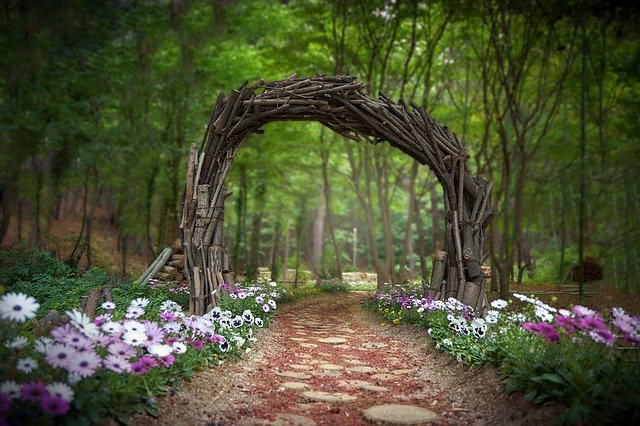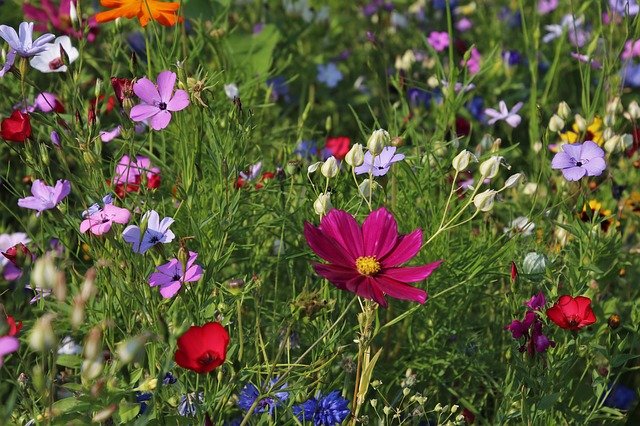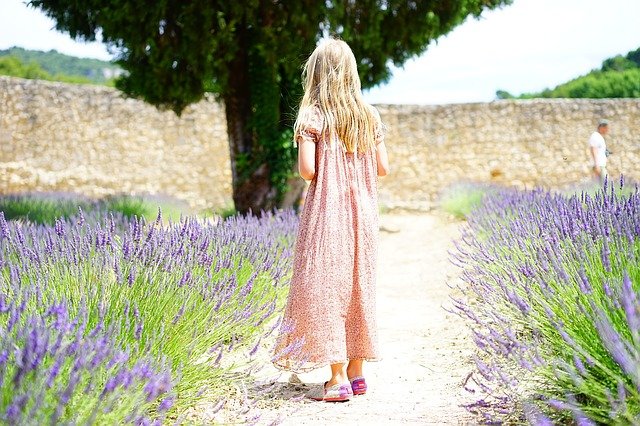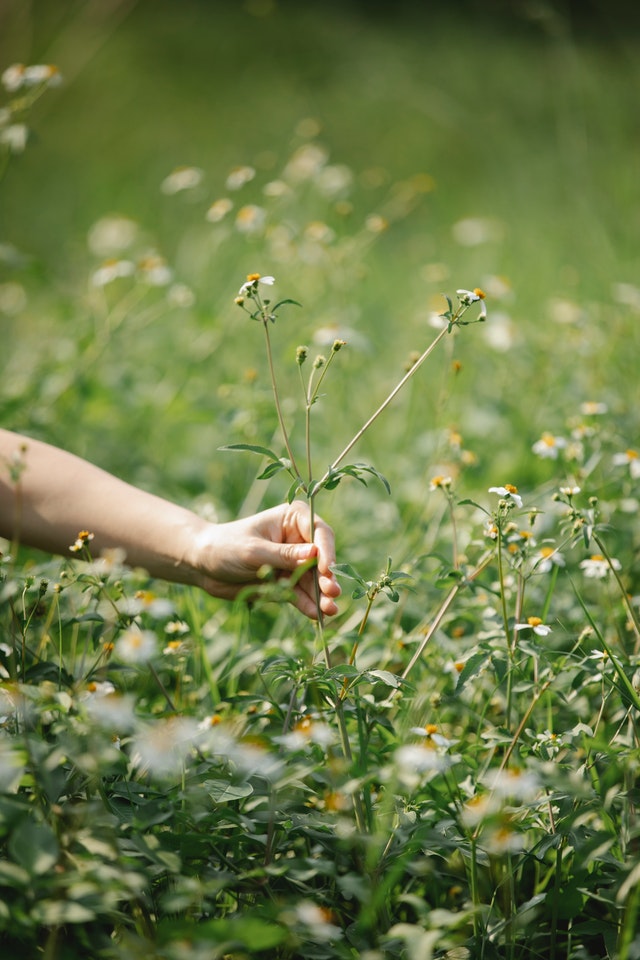At Cornell Plantations in Ithaca, New York, Wolf Landscape Architecture designed a wet meadow intended to manage storm water runoff for a nontraditional space- a strip of land adjacent to a parking area. These wet meadows serve as bioretention and filtration gardens and also greet visitors with a dynamic, colorful, and engaging landscape that sets the tone for the rest of the garden experience. Rain gardens are now required in some municipalities, but all; too often they end up looking like planted ditches. Here they become a design feature in their own right and show that with a thoughtful and intentional eye, even a parking lot can become an aesthetic asset and provide a memorable sense of arrival. Tall grasses and joe- pye weed, in particular, impress with their sheer scale. By late summer, the rain gardens have become lush, expressive features that build anticipation about a visit to the rest of the arboretum.
Larry Weaner, a landscape designer based just outside of Philadelphia, tends to seed his meadows rather than using more expensive plugs, though he does employ both methods. He has added a very diverse, seeded meadow to an existing residential garden that covers a hillside in North Salem, New York that capitalizes in particular on one of grasses’ best advantages- their ability to catch light. Few other plants help a viewer appreciate just how dramatically light does change throughout the day. His other project featured here, Kosciuszko Park in Stamford, Connecticut, was also seeded. This approach is revealed in both gardens’ ultimate aesthetic: when a diverse mix of native meadow species is directly seeded into the ground, it yields a less- composed and more ecological community of plants because the various species germinate and grown on the site where they are best suited. Competition between species is a stronger component of the process, and it yields a different effect that is less intentional- looking, Perhaps, but more diverse. These two projects appear to be more loosely composed than some of the other meadow gardens featured here simply because of the method of execution.
Established more than ten years ago, the dry mountain meadow at the Denver Botanic gardens has recently come into its full potential thanks to the gardeners’ skill and long- term commitment to its welfare. Botanical gardens have the advantage of being maintained by skilled staff who remain interested in increasing species diversity over time, and their efforts have yielded a phenomenally diverse ecology in suburban Denver. Meadows are more difficult to establish in climates that receive little rainfall and are very dry in summer. Plants adapted to these drier regions also grow more slowly than plants in wet Eastern states; excluding nonnative, invasive plants is the trick to success. Weeding is a higher priority and an absolute necessity to get a native meadow fully established. This is expensive, and takes a real commitment on the part of the client. Here, a basic matrix of plants was established to achieve cover, then was supplemented with seeding and small plants to ad diversity.
Nelson Byrd Woltz is also an advocate of meadow planting, and the firm has introduced meadows in several of the private garden projects they have created. Their design for a residence in Connecticut, a 300- acre working farm, takes advantage of the site’s scale and hillside topography by enhancing its vistas with meadow grasses that draw the eye toward horizon paints and forests in the distance and embracing the property’s unique qualities, such as large ledges of exposed granite, by surrounding them with groupings of plants placed in a rhythmic arrangement that echoes the craggy striations of the rock. This approach celebrates the local landscape while also reducing maintenance for the homeowners.
Bernard Trainor, a designer with a practice based in Northern California, has become extraordinary adept at adapting the meadow approach to sites on the West Coast, and to arid conditions in particular. The interplay between architecture, landscape architecture, and site is integrated and inseparable; all orient views out over the Carmel Valley in his Halls Ridge Project. Trainor uses mass plantings of grasses to give the landscape a unified texture, which in turn impart an enhanced sense of space. Few or almost no flowers distract the eye; instead, the plantings near the house act as a foreground to an exquisitely framed distant view. In this way, the immediate landscape takes advantage of the larger landscape as well.
In all of these contemporary interpretations, the traditional definition of a meadow as a vast, untamed expanse untouched by human hands is adapted in a very intentional way. Gardens that are more densely planted that would occur in nature, that are arranged according to bloom schedules, or that are punctuated with occasional nonnative species for impact make the style a viable option for today’s residential and institutional spaces while honoring the original ecology.




